Advantages of Choosing Bignonia Magnifica Plants
Introduction
In the world of ornamental plants, there are few climbers as breathtaking and captivating as the Bignonia magnifica, also known as Purple Trumpet Vine or Saritaea magnifica. This stunning tropical climber is widely admired for its vibrant purple trumpet-shaped flowers, lush green foliage, and ability to transform plain spaces into lush, flowering spectacles. Native to South America, particularly Brazil and Venezuela, the plant has gained global recognition due to its extraordinary beauty and resilience.
Whether you are a homeowner looking to beautify your garden, a landscaper aiming to design striking landscapes, or simply a plant lover exploring unique flowering climbers, the Bignonia magnifica offers numerous advantages. Beyond its stunning appearance, it provides environmental, functional, and emotional benefits, making it a top choice among ornamental climbers.
This article will explore the advantages of choosing Bignonia magnifica plants, including their ornamental value, adaptability, environmental contributions, health benefits, and landscaping potential.
The Bignonia magnifica is far more than just a beautiful flowering vine—it is a versatile, resilient, and ecologically valuable plant.
1. Striking Ornamental Appeal
One of the primary advantages of choosing Bignonia magnifica is its incredible ornamental beauty.
Show-stopping flowers: The plant produces large, trumpet-shaped flowers in shades of purple and violet. These blooms often have a contrasting yellow or white throat, making them even more attractive.
Year-round greenery: Unlike many flowering vines, Bignonia magnifica has evergreen foliage in warm climates, ensuring that it remains attractive throughout the year.
Visual impact: Its cascading growth habit makes it perfect for decorating trellises, pergolas, fences, and walls, instantly turning plain structures into vibrant floral displays.
Gardeners and landscapers often select this plant to serve as the centerpiece of outdoor designs because of its dramatic and luxurious look.
2. Long and Abundant Flowering Season
Another significant benefit of Bignonia magnifica is its extended blooming season.
The plant can flower multiple times a year, especially in tropical and subtropical climates.
Each blooming period produces an abundance of blossoms that cover the plant in vibrant purple hues.
With proper care, fertilization, and sunlight exposure, the flowering can last for weeks, offering long-lasting beauty.
This prolonged blooming makes it an ideal plant for people who want consistent color and attractiveness in their garden without frequent replanting.
3. Adaptability to Various Climates
While Bignonia magnifica thrives best in tropical and subtropical climates, it has a remarkable ability to adapt to different environments.
It grows well in regions with warm temperatures and can tolerate seasonal variations.
It can adapt to container gardening, making it suitable for patios, balconies, and indoor courtyards when provided with adequate sunlight.
The plant adjusts to different soil types, including loamy, sandy, and slightly clay-based soils, as long as they are well-draining.
This adaptability makes the Bignonia magnifica a versatile choice for plant enthusiasts in many parts of the world.
4. Natural Shade and Privacy
Bignonia magnifica is a vigorous climber, capable of quickly covering structures with dense foliage and flowers.
It provides natural shade when grown over pergolas, gazebos, and trellises, making outdoor spaces more comfortable.
It can be trained to climb fences and walls, creating privacy screens for homes and gardens.
Its lush foliage serves as a natural windbreak, helping reduce harsh winds in open areas.
For homeowners, this offers both practical and aesthetic advantages by enhancing comfort and providing seclusion in outdoor spaces.
5. Low Maintenance Requirements
One of the most appealing qualities of Bignonia magnifica is its low maintenance nature.
Once established, it is relatively hardy and doesn’t require excessive care.
The plant is drought-tolerant, meaning it can withstand periods of reduced watering.
Regular pruning encourages new growth and maintains its shape, but it does not demand daily attention.
This makes the plant an excellent option for both experienced gardeners and beginners who want a stunning climber without high maintenance demands.
6. Attracts Pollinators and Wildlife
Bignonia magnifica plays an important role in supporting biodiversity.
Its large, trumpet-shaped flowers are rich in nectar, attracting bees, butterflies, and hummingbirds.
By supporting pollinators, the plant contributes to the health of local ecosystems.
Birds often use the dense foliage for nesting and shelter, making it a haven for small wildlife.
This ecological advantage makes the plant not only visually stunning but also environmentally valuable.
7. Versatility in Landscaping Design
Garden designers and landscapers love Bignonia magnifica for its versatility.
It can be used to create vertical gardens, enhancing otherwise dull walls.
Perfect for archways and entrances, giving a royal, elegant look.
Works well in both formal and informal gardens, adapting to various design styles.
Can be combined with other flowering plants for mixed-color displays.
Its ability to transform any space into a lush paradise makes it a designer’s favorite plant.
Note:The Bignonia magnifica is far more than just a beautiful flowering vine—it is a versatile, resilient, and ecologically valuable plant.
8. Air Purification and Environmental Benefits
Like many green plants, Bignonia magnifica contributes to air purification and a healthier environment.
It absorbs carbon dioxide and releases oxygen, improving air quality.
The dense foliage can trap dust and pollutants, making outdoor areas fresher.
Its growth along walls and fences can help reduce the urban heat effect, providing cooler surroundings.
For eco-conscious homeowners, this makes the plant an excellent choice for sustainable gardening.
9. Stress Relief and Psychological Benefits
Gardening and being surrounded by flowers are scientifically proven to improve mental health and well-being.
The bright purple blooms of Bignonia magnifica have a calming and uplifting effect.
Caring for the plant encourages mindfulness and reduces stress.
Sitting under a pergola covered with its flowers creates a tranquil environment, perfect for relaxation.
This emotional advantage is one of the less obvious yet highly valuable reasons to choose this plant.
10. Longevity and Investment Value
When selecting plants for landscaping, homeowners often look for species that provide long-term value.
Bignonia magnifica, when properly cared for, can live for decades.
Its rapid growth and long-lasting flowers make it a worthwhile investment.
Since it requires minimal replanting or replacement, it reduces long-term gardening costs.
For commercial properties, resorts, and public spaces, its long lifespan makes it a cost-effective landscaping solution.
11. Cultural and Aesthetic Significance
In many cultures, flowering vines like Bignonia magnifica symbolize beauty, elegance, and prosperity.
The plant’s dramatic flowers are often associated with luxury and grandeur.
In tropical countries, it is used to decorate gardens during festive seasons and special occasions.
It enhances the aesthetic value of properties, often increasing curb appeal and even real estate value.
This makes the plant not only a gardening choice but also a cultural statement.
12. Educational and Learning Value
For schools, botanical gardens, and nature enthusiasts, the Bignonia magnifica provides educational opportunities.
It allows students to learn about tropical climbing plants, pollination, and biodiversity.
The plant is an example of how ornamental species can serve functional and ecological purposes.
Gardeners can experiment with training and pruning techniques, gaining practical horticultural experience.
Thus, it holds value not only for decoration but also for teaching and learning.
13. Resistant to Pests and Diseases
Compared to many other ornamental plants, Bignonia magnifica is relatively pest and disease resistant.
While occasional issues like aphids or caterpillars may appear, they rarely cause serious damage.
Its hardy nature reduces the need for chemical pesticides, making it more environmentally friendly.
This resilience adds to its low-maintenance reputation.
For organic gardeners, this is a strong advantage, ensuring a healthy garden without excessive chemical use.
14. Perfect for Urban and Rural Settings
Another advantage of Bignonia magnifica is its wide adaptability to both urban and rural landscapes.
In urban settings, it enhances balconies, rooftop gardens, and courtyards.
In rural or suburban areas, it adds charm to large gardens, farmhouses, and estates.
Its climbing habit makes it ideal for spaces where ground-level planting is limited.
This flexibility makes it an all-rounder plant for different environments.
Conclusion
The Bignonia magnifica is far more than just a beautiful flowering vine—it is a versatile, resilient, and ecologically valuable plant. From its spectacular purple blooms and low maintenance needs to its role in supporting pollinators, purifying air, and creating natural shade, it provides countless advantages. It is equally suitable for homeowners, landscapers, eco-conscious gardeners, and even educational institutions.
By choosing Bignonia magnifica, you invest not only in ornamental beauty but also in long-term environmental, functional, and emotional benefits. Whether you want to transform your garden into a tropical paradise, provide natural shade, or simply enjoy the joy of vibrant flowers, this plant proves to be an excellent choice.
In short, the advantages of choosing Bignonia magnifica plants extend far beyond aesthetics—they enrich lives, landscapes, and ecosystems alike.

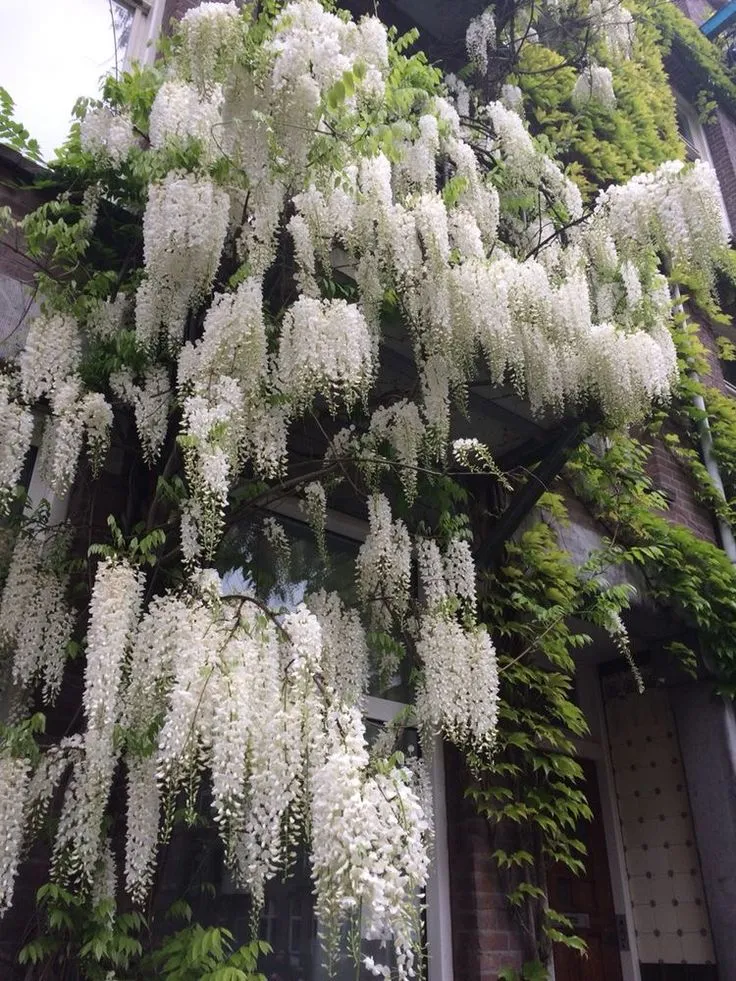
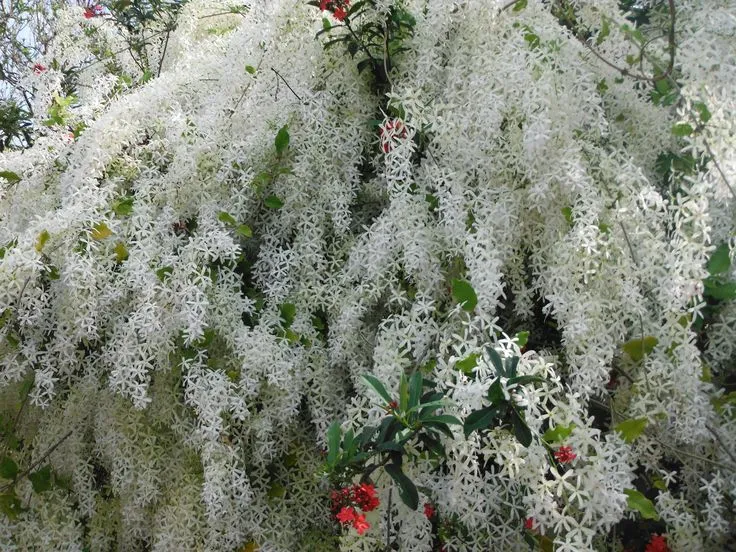
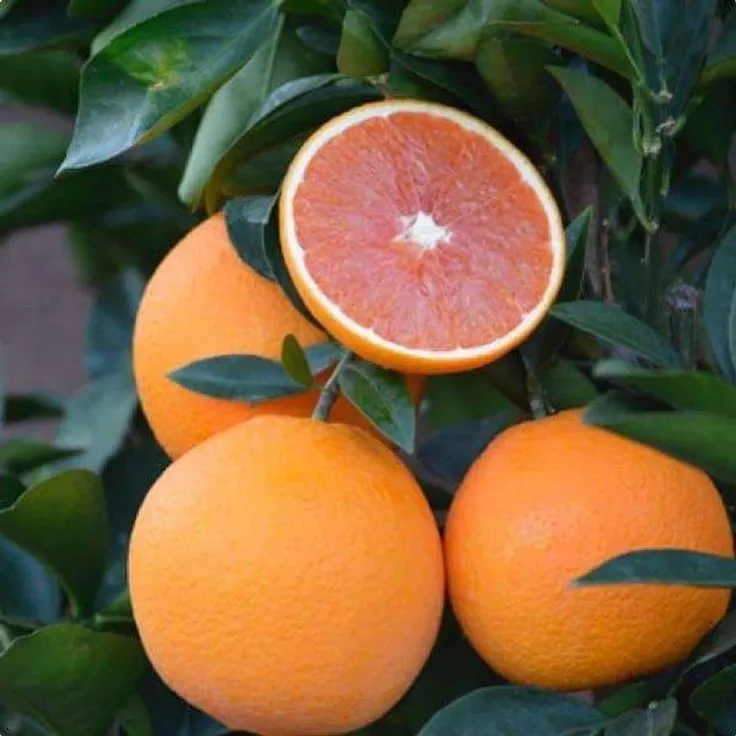

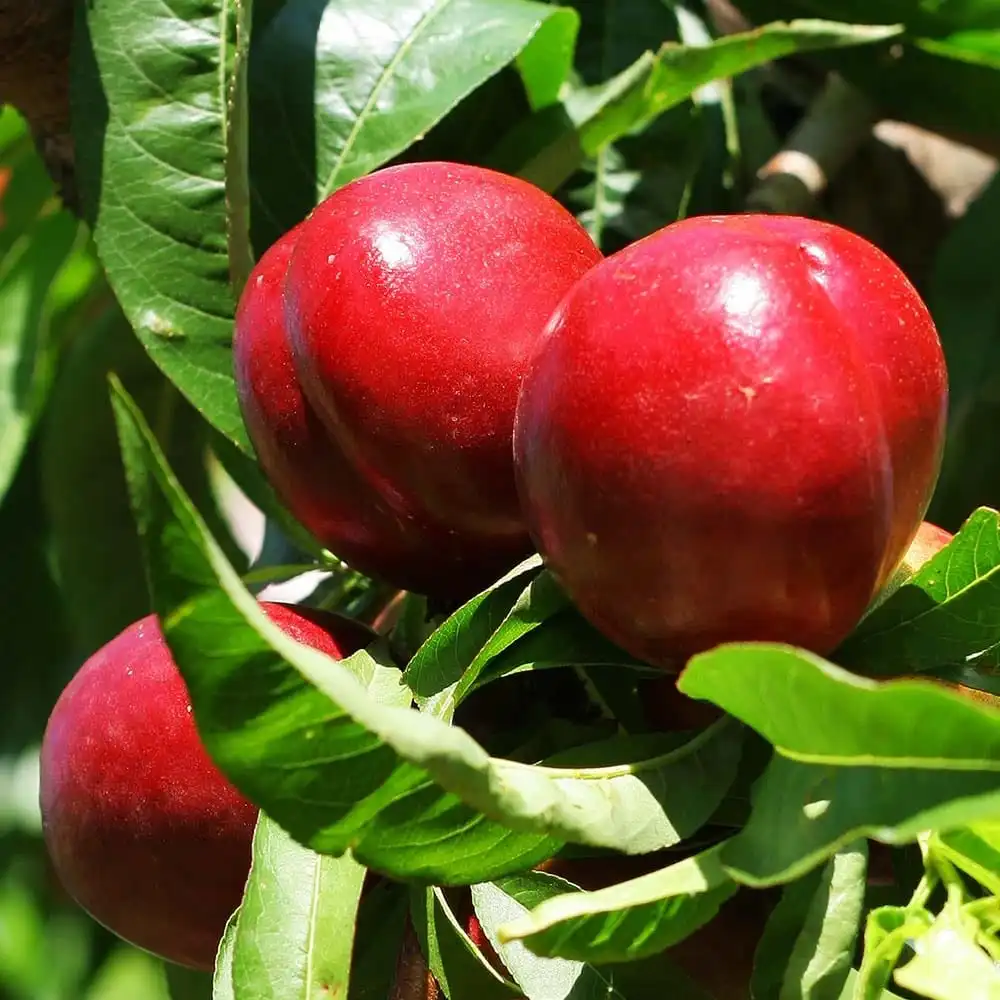
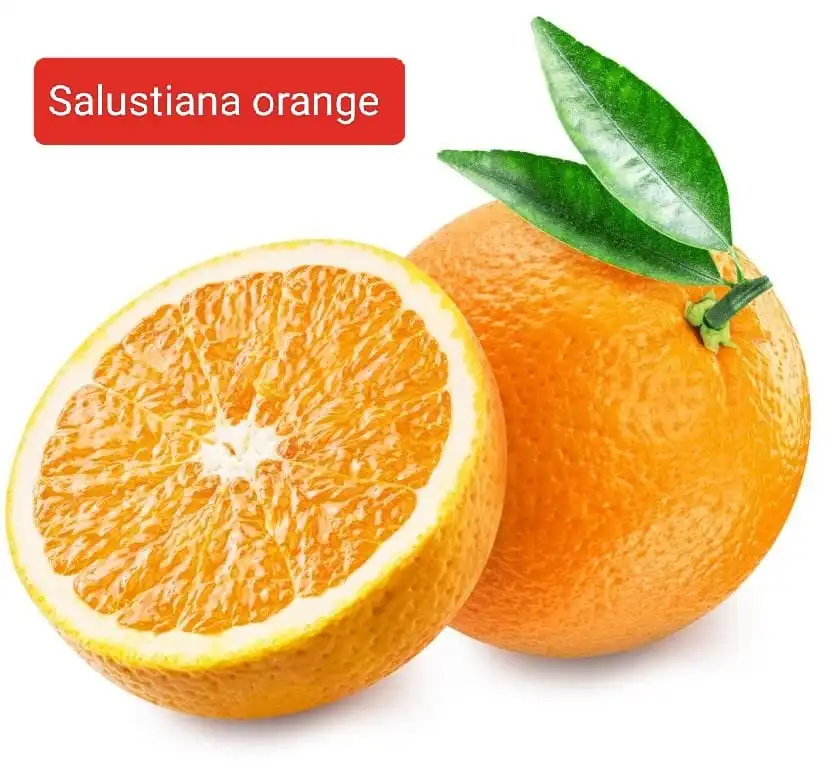
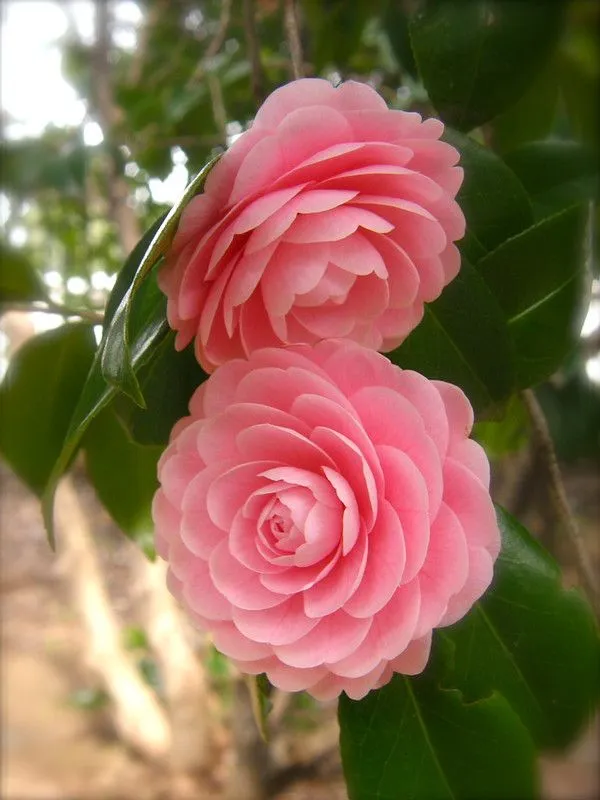
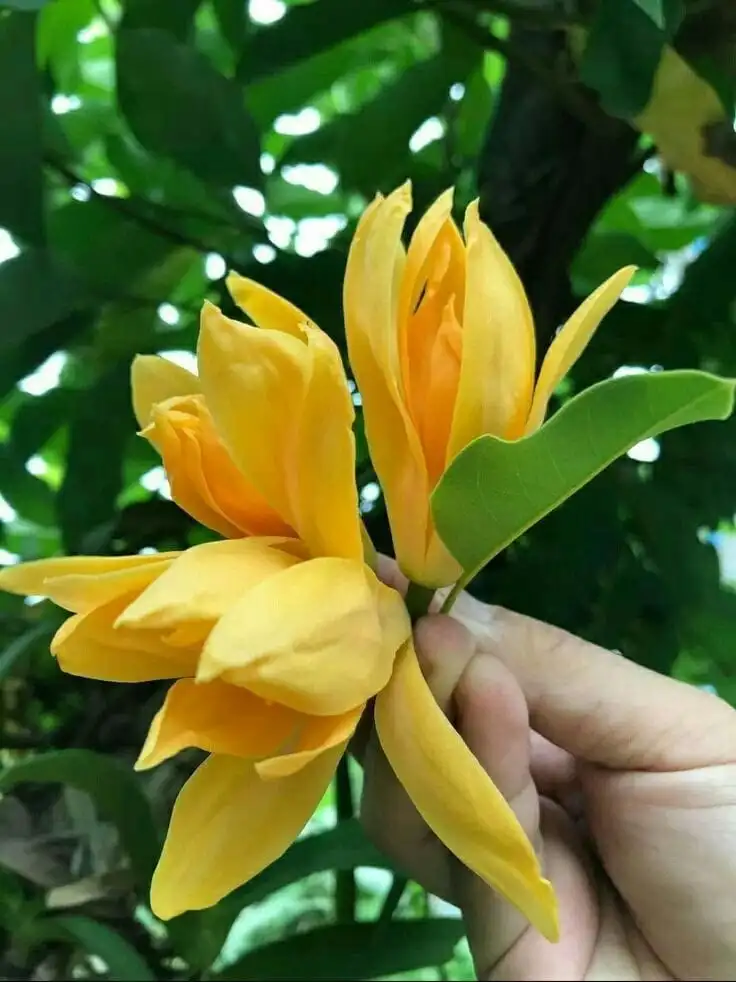


Leave a Reply